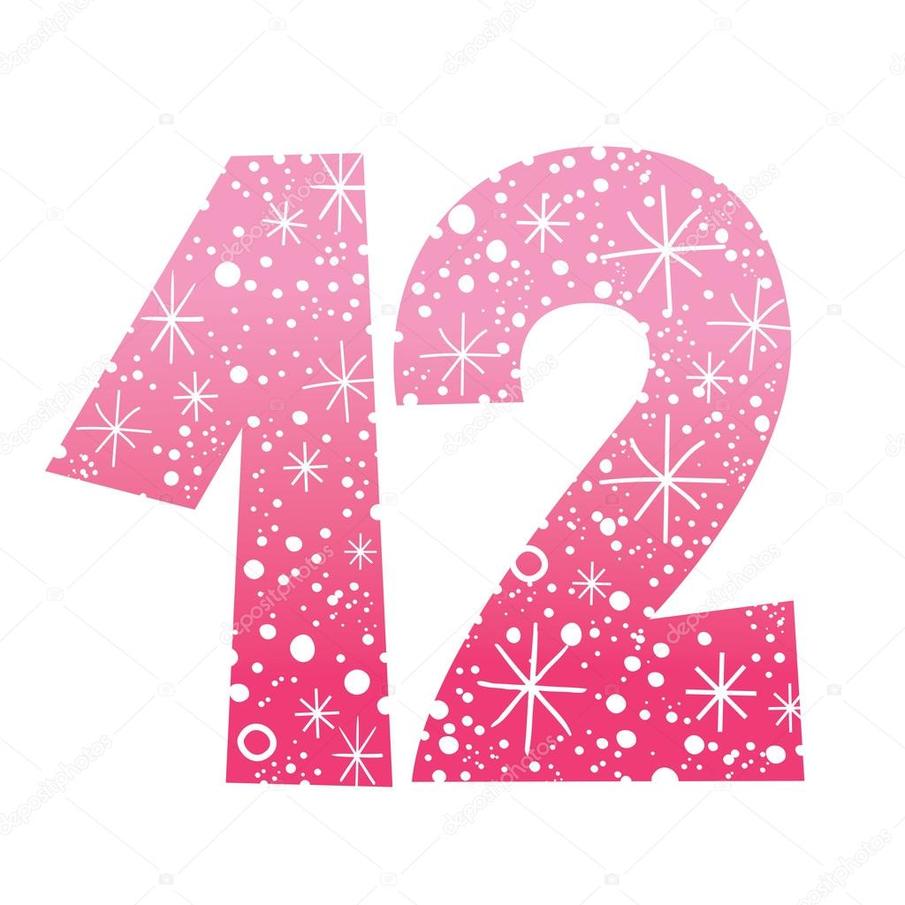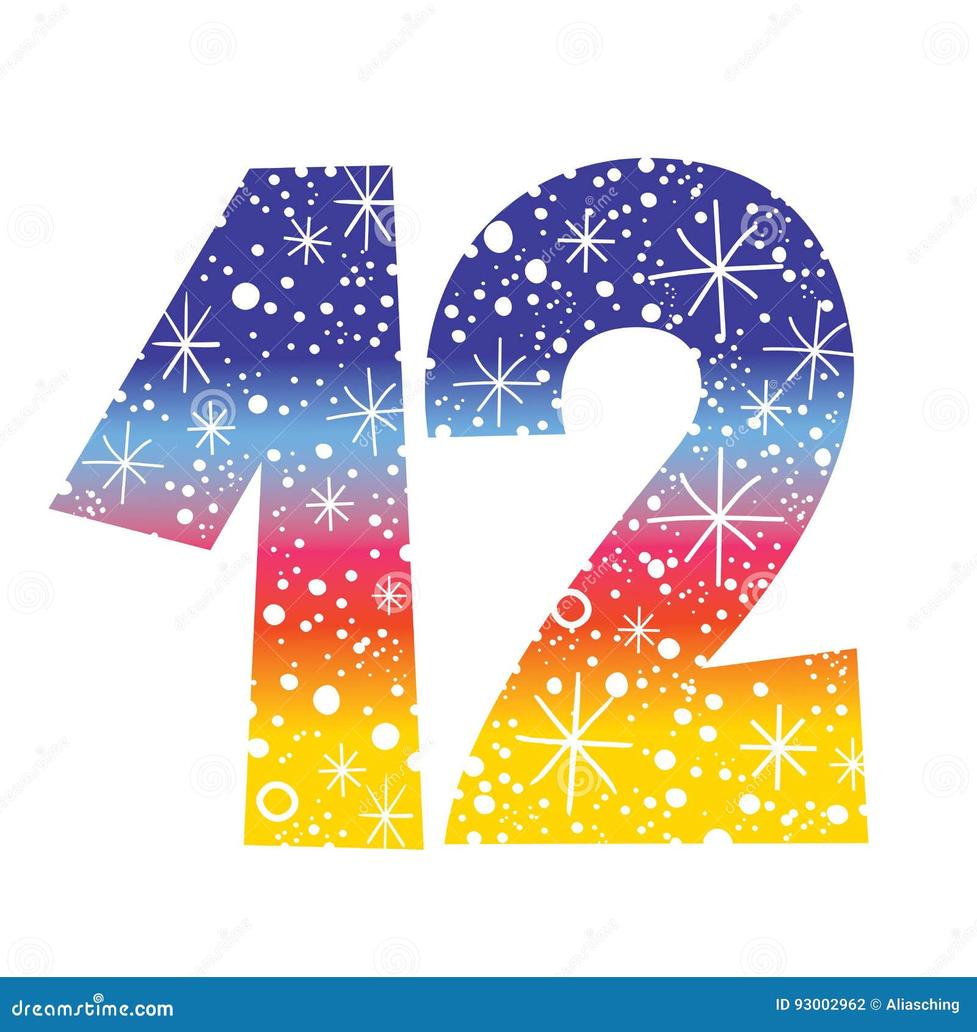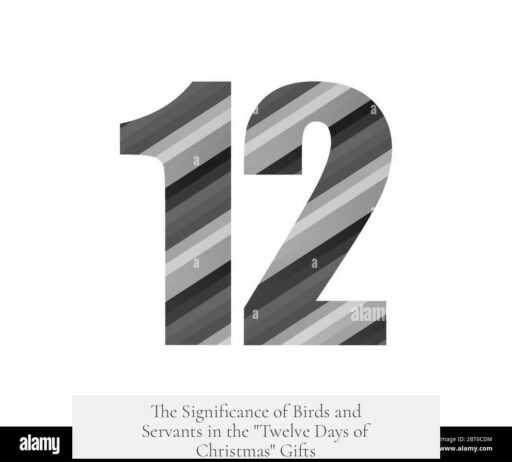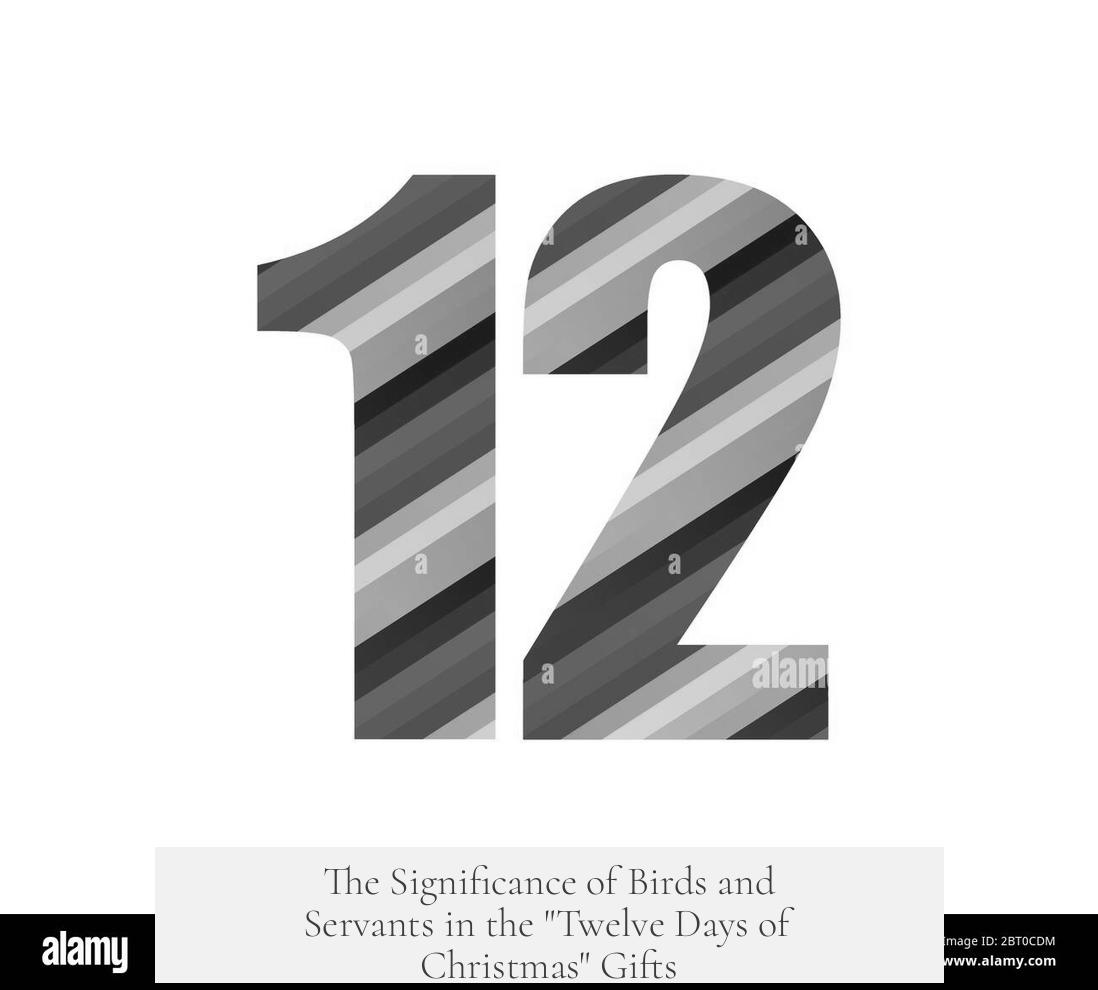The gifts in the “Twelve Days of Christmas” consist mostly of birds and servants because the song’s earliest versions focus on a core set of bird gifts, with servants and other types of gifts added later and varying across versions.

There is no definitive answer explaining why the gifts are mostly birds and servants. The origins of the song remain uncertain, and historical records offer limited insight into the rationale behind these specific gifts.
The earliest known publication of the lyrics appeared in the late eighteenth century, in a book called Mirth without Mischief. This text presents the familiar cumulative list of gifts, but researchers have traced similar song structures and gift types back to nineteenth-century French folk songs. These French songs, such as one called “The Gifts of the Year,” include gifts of birds like turkeycocks, ducks, wood pigeons, turtle doves, and a partridge. Notably, the first gifts in both the French and English songs are birds—the partridge and turtle doves.

This overlap suggests the Twelve Days of Christmas likely inherited a core textual tradition emphasizing bird gifts. The birds appear consistently as foundational elements, especially in the lower gift numbers. These gifts were probably retained because of their symbolic or traditional significance within the folk culture that produced the songs.
Later gifts in the song, including various servants (maids, milking maids, lords, ladies, and drummers) and other non-bird items, appear mostly in the higher gift numbers. These later gifts vary considerably from version to version. Different regional and linguistic versions of the song present changes to these higher gifts, indicating they were less fixed and more prone to alteration over time. This variability reveals that the servants and other gifts may have been added or changed after the original core bird gifts became established.

The predominance of birds, then, reflects an inherited tradition from early French and English folk songs. Birds were likely popular symbolic gifts in rural or courtly culture due to their association with nature, hunting, or domestic poultry, making them familiar and meaningful presents to list in a cumulative song format. Servants and other figures, by contrast, may represent a later attempt to embellish the song with more human, social, or hierarchical elements, adding variety and interest.
To summarize:

- The original and most consistent gifts in the song are birds, seen in both English and French folk song sources.
- Birds appear in the lower-numbered gifts and hold a stable place in early versions.
- Servants and other non-bird gifts appear in higher-numbered positions and show much variation between versions.
- No certain historical explanation confirms why birds and servants dominate, but the bird gifts likely stem from a shared folk tradition emphasizing symbolic or popular animals.
- The servants and other human figures evolved as later additions to expand or vary the cumulative song’s content.
| Gift Category | Examples in the Song | Characteristics |
|---|---|---|
| Birds | Partridge, Turtle Doves, French equivalents turkeycocks, wood pigeons | Core gifts, stable in lower numbers, symbolic cultural value |
| Servants & Others | Maids a-milking, Lords a-leaping, Ladies dancing, Drummers drumming | Added in higher numbers, variable across versions, less consistent |
Ultimately, the “Twelve Days of Christmas” gifts reflect layers of tradition. The birds form an essential, stable framework likely derived from older folk songs of France and England. The servants and other gifts reflect later embellishments, enriching the song’s cumulative structure. Despite decades of study, this remains the clearest understanding of why birds and servants dominate the gift list.
Why Are Most Gifts in the “Twelve Days of Christmas” Birds and Servants?
Answer: The gifts from the “Twelve Days of Christmas” are mostly birds and servants because the song’s core nature comes from older folk tradition, where birds symbolize foundational gifts, and servants were later added for variety and storytelling flair. The birds form a consistent core widely recognized in English and French versions, while servants and other gifts represent evolving elements that differ across versions.
This explanation is as close as we get to the truth because no one really knows exactly why. The song’s origins aren’t crystal clear—sort of like trying to explain why cats suddenly own the internet.
The Mysterious Origins of the Song
The verses we sing today first appeared in the late 1700s in a charming, illustrated book titled Mirth without Mischief. If you’re curious, the book is available online here. The publication doesn’t explain much, leaving us with a catchy cumulative carol and a whole lot of head-scratching.
What’s more fascinating is that this English carol shares noticeable similarities with 19th-century French folk songs, particularly one called The Gifts of the Year. This French version also features a variety of birds—turkeycocks, ducks, wood pigeons, turtle doves, and a lone partridge. The overlap isn’t coincidence. Both songs start their gift list with the partridge and turtle doves, hinting at a common, older ancestor to the song—a sort of cross-Channel family reunion of birds!
Birds Take Flight as Core Gifts
Birds stand out because they appear consistently in the lower-numbered gifts of the carol. The first few gifts—partridge, turtle doves, French hens, calling birds—are birds in nearly every version. These avian gifts act as the song’s foundation. Across the different versions in English and French, these birds tend to remain stable, while higher-numbered gifts tend to vary greatly.
Why birds? Birds were common gifts in historical Europe that symbolized abundance and nature’s bounty. They were practical, too—birds were food, status symbols, and even pets wrapped into one. It made sense historically to place birds at the start of a song about gifts spanning 12 days.
What’s Up with the Servants?
As the gift numbers climb, things get less predictable. Servants—lords, ladies, maids, and drummers—appear mostly from the middle to the end of the list (think 5 golden rings turning into lords a-leaping). These gifts aren’t as fixed as the birds and differ from version to version. Some versions swap lords for milkmaids, or replace pipers with different characters.
This variability suggests servants and other non-bird gifts were likely later additions, adapted to entertain, tell social stories, or reflect the customs of different regions. Unlike birds, servants represent human activity, social hierarchy, or crafting festive performances, so their roles shift with context and culture.
In other words, while birds provide a steady backbone, the servants add flavor and drama—like the spice in a holiday stew. Some versions even vary the type of servants or the dance moves they perform—imagine maids not just ‘milking’ but moonwalking!
A Symbolic and Traditional Layer
Since no original creator’s note exists, speculation about symbolism abounds. Birds often represent love and freedom; two turtle doves are a classic symbol of devotion. The partridge in a pear tree might symbolize self-sacrifice or the divine, depending on whom you ask. On the other hand, servants could reflect the period’s social structures or festive entertainment traditions.
The song may mirror a mix of practical gift-giving and cultural storytelling, passed down through oral tradition and modified for local audiences. Over time, the tune morphed into the festive standard we know, keeping birds as a nod to its rural, pastoral roots, while servants add a theatrical touch.
Practical Tips If You Want to Decode or Celebrate This Song Better
- Try comparing different versions of the song. Wikipedia hosts an extensive table of variants that shows how the gifts shift over time and place.
- Look into French folk music traditions, especially from regions like Cambresis and Flemish France, for clues about early versions featuring birds.
- Use the song as a fun window into history and culture. It’s more than just about gifts; it’s about shared stories and evolving traditions.
A Fresh Perspective: The Song as a Living Tradition
Rather than chasing a definitive answer, imagine the song as a living creature, flapping its wings with birds and dancing with servants through centuries. It reflects how people gift love and joy—the birds symbolize nature’s gifts, while the servants bring festive human connection.
Try thinking of the gifts as a holiday dance: birds lead with their steady rhythm, and servants add improvisational steps that make each performance unique. Maybe that’s the real magic. After all, no two Christmas celebrations are the same.
Final Thoughts
So why mostly birds and servants? The birds form a core element inherited from older folk songs. The servants fill out the story with lively, changeable characters that bring the song to life. Together, they make the “Twelve Days of Christmas” a rich tapestry of history, culture, and holiday cheer.
Next time you sing “three French hens” or “six geese a-laying,” imagine the centuries of storytellers and festive souls who have handed down this feathered and fancy-filled tradition. Maybe you too will join in, adding your own twist to the ever-evolving Christmas tale.




